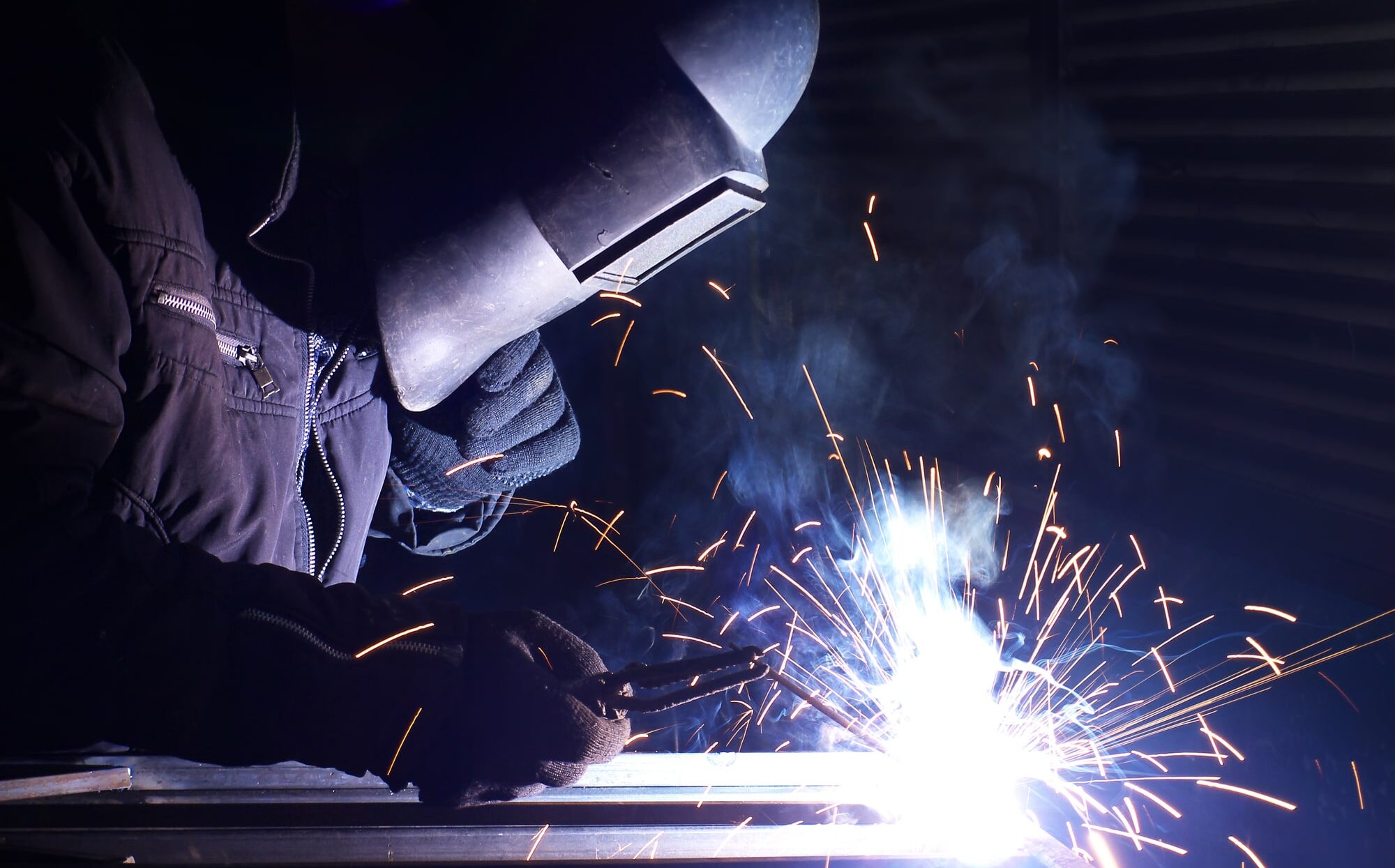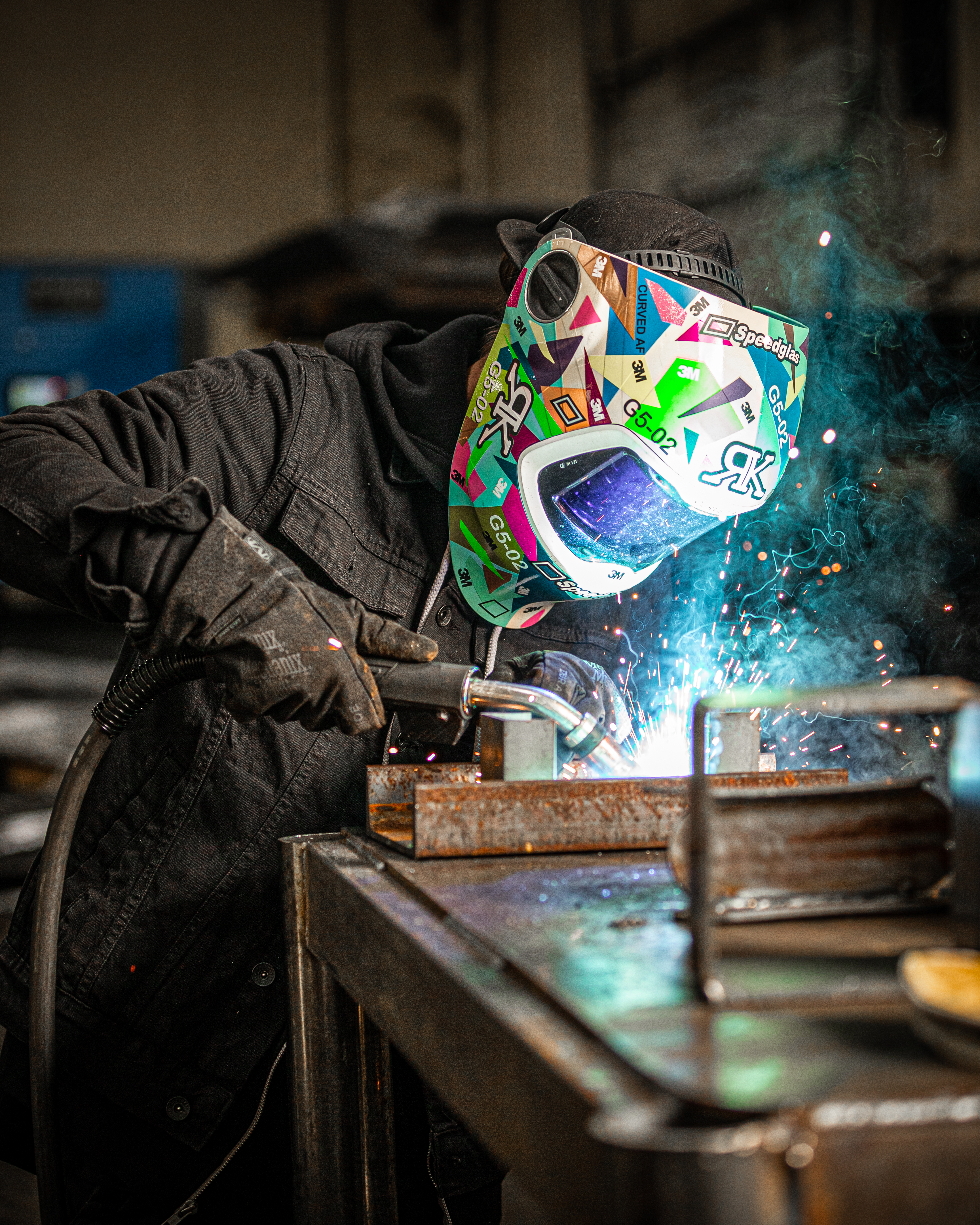Developing a Welding WPS: Step-by-Step Directions for Professionals
Developing a Welding WPS: Step-by-Step Directions for Professionals
Blog Article
The Ultimate Overview to Welding WPS Procedures: A Comprehensive Overview for Welders
In the complex globe of welding, Welding Procedure Specifications (WPS) work as the foundation of making certain quality, consistency, and security in welding procedures. Recognizing the subtleties of developing, implementing, and keeping an eye on WPS treatments is necessary for welders aiming to elevate their craft and fulfill market criteria. As we look into the various components of a WPS and check out the ins and outs of credentials and certification, we will uncover the important duty these treatments play in the world of welding. Allow's start a journey to unravel the complexities and significance of WPS procedures in welding techniques.
Significance of WPS Procedures
Understanding the importance of Welding Treatment Specs (WPS) procedures is critical for making sure the high quality and integrity of bonded frameworks. WPS procedures offer as a roadmap for welders, laying out the essential steps, parameters, and products needed to achieve an audio weld. By sticking to WPS standards, welders can ensure uniformity in their work, resulting in dependable and structurally sound welds.
One of the key reasons why WPS treatments are important is their duty in maintaining weld quality and stability. Complying with the specified welding specifications and methods laid out in the WPS helps avoid problems such as porosity, fracturing, or insufficient combination, which can endanger the toughness and durability of the weld.

Parts of a WPS
A Welding Treatment Spec (WPS) generally consists of vital components that information the specific demands for implementing a weld, making certain consistency and high quality in the welding procedure. The essential parts of a WPS include necessary variables such as base metals, filler steels, interpass and preheat temperature levels, welding procedures, protecting gases, welding positions, and post-weld warm treatment needs.
Base metals refer to the products being signed up with, while filler steels are used to fill up the void between the base metals throughout welding. Preheat and interpass temperature levels are important for controlling the warm input and avoiding issues like fracturing or distortion. The welding process describes the particular strategy to be used, whether it's gas metal arc welding (GMAW), secured steel arc welding (SMAW), or another technique. Securing gases shield the weld pool from atmospheric contamination. Welding settings specify the orientations in which welding can be done. Post-weld warmth therapy may be required to eliminate stresses and improve the weld's buildings. A comprehensive understanding of these elements is essential for producing a extensive and efficient WPS.

Certification and Accreditation
Having actually established the important components of a Welding Treatment Requirements (WPS), the emphasis now shifts in the direction of the important aspects of qualification and qualification in welding techniques.

Certification, on the various other hand, is the official acknowledgment of a welder's credentials by a pertinent qualification body or company. Welding accreditations are usually based upon the details welding procedures, products, and settings a welder is qualified to function with. Holding a legitimate welding accreditation demonstrates that a welder meets industry criteria and is experienced to perform welding tasks to the called for requirements.
Developing a WPS
To develop a Welding Procedure Requirements (WPS) that satisfies industry standards, mindful consideration of welding procedures, materials, and functional criteria is necessary. The first action in creating a WPS is to recognize the welding process to be made use of, such as gas metal arc welding (GMAW) or protected steel arc welding (SMAW)

Executing and Monitoring WPS
Upon settling the extensive Welding Procedure Specification (WPS) that thoroughly information welding processes, materials, functional specifications, and quality control actions, the emphasis shifts to efficiently applying and checking the well-known procedures. Application involves guaranteeing that all welders involved in the task know with the WPS and follow it carefully throughout the welding procedure. This needs providing sufficient training and guidance to ensure adherence to the specified procedures. Monitoring the WPS involves continual oversight to confirm that welding tasks straighten with the recorded specifications. Inspections, screening, and top quality control measures are vital elements of the tracking procedure to recognize any kind of issues or variances immediately. Normal audits and reviews of the welding treatments assist in preserving consistency and quality throughout the project. Efficient application and tracking of the WPS are vital for making certain the integrity, stamina, and safety of the welded joints, inevitably contributing to the general success of the welding job.
Verdict
In conclusion, understanding and adhering to Welding Procedure Specifications (WPS) is crucial for welders to make certain high quality, consistency, and safety and security in their job. By understanding the parts of a WPS, acquiring correct credentials and qualifications, producing detailed procedures, and applying and checking them effectively, welders can boost their abilities and efficiency in welding practices. Abiding by WPS treatments is essential for generating high-quality welds and conference industry requirements.
In the intricate globe of welding, Welding Procedure Requirements (WPS) serve as the foundation of making certain top quality, consistency, and security in welding procedures. The welding procedure outlines the certain strategy to be used, whether it's gas steel arc welding (GMAW), shielded steel arc welding (SMAW), or another method.To establish a Welding Treatment Requirements (WPS) that satisfies industry criteria, careful factor to consider of welding procedures, materials, and functional specifications is essential. The browse this site very first action in developing a WPS is to identify the welding process to be utilized, such as gas metal arc welding (GMAW) or protected steel arc welding (SMAW)Upon wrapping up the comprehensive Welding Procedure Specification (WPS) that carefully details welding processes, materials, functional specifications, and high quality assurance procedures, the emphasis moves to successfully applying and keeping track of the recognized procedures.
Report this page